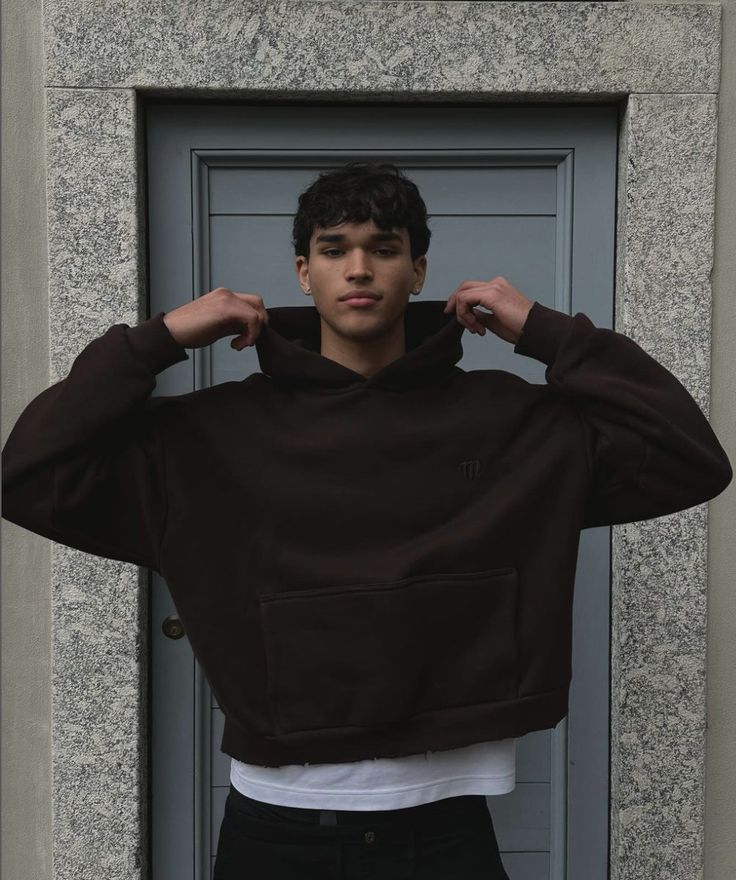
Style Unleashed: How Young People Are Redefining Fashion in 2025
Introduction: The Rise of a New Fashion Vanguard
In 2025, youth culture stands at the forefront of a fashion renaissance. Unlike past generations, today’s young people are not merely following trends—they are creating them. With technology at their fingertips, unprecedented global connectivity, and a firm belief in individuality, this new wave of fashion influencers is redefining what it means to be stylish. The era of top-down fashion dictates is over. Instead, fashion is becoming increasingly democratized, shaped by a generation that values expression, sustainability, and authenticity. From TikTok tastemakers to digital clothing pioneers, young people are rewriting the rules, breaking barriers, and challenging the status quo. This article explores the revolutionary changes in fashion culture driven by youth in 2025, highlighting the movements, aesthetics, and technologies shaping this stylish new world.
Digital Platforms as Launchpads for Style Evolution
Social media continues to be one of the most influential forces in shaping the fashion identities of young people. Platforms such as TikTok, Instagram, and emerging virtual style communities have become powerful arenas for experimentation and discovery. Rather than being passive consumers of fashion advertising, Gen Z and Gen Alpha users are content creators themselves. They use short-form videos, digital lookbooks, and augmented reality filters to showcase unique aesthetics. The accessibility of these tools allows anyone with a smartphone to become a style icon in their own right. Algorithms amplify niche tastes, allowing subcultures to gain traction faster than ever before. This phenomenon is not only diversifying what is considered fashionable but also decentralizing influence, giving voice to creators from a variety of cultural and socio-economic backgrounds.
Sustainability Becomes Second Nature to the Youthful Wardrobe
A significant shift among young consumers in 2025 is the deep-rooted commitment to sustainability. No longer is environmental consciousness an optional value—it is a defining characteristic of youth fashion. Fast fashion’s reputation has suffered severe blows, and the rise of thrifting, upcycling, and slow fashion brands has filled the void. Young shoppers are increasingly scrutinizing supply chains, materials, and production ethics before making a purchase. They choose garments that not only align with their style but also reflect their principles. This conscientious consumerism has birthed a thriving second-hand market, powered by peer-to-peer platforms and mobile resale apps. Moreover, the demand for circular fashion models has encouraged startups to innovate with rental services, garment recycling technologies, and digital fashion solutions that reduce material waste.
Identity Expression Through Hyper-Personalized Fashion
In contrast to prior generations that sought conformity, today’s youth embrace the beauty of difference. In 2025, fashion is no longer about fitting in but standing out. Personal identity—whether it relates to gender, sexuality, culture, or philosophy—is now a central consideration in wardrobe decisions. Gender-fluid fashion has become mainstream, with more designers offering inclusive sizing, neutral silhouettes, and genderless collections. Similarly, cultural appreciation has replaced cultural appropriation, with young people celebrating heritage through authentic collaborations and storytelling. Fashion has become a form of self-actualization. Whether through embroidered jackets that narrate personal stories, 3D-printed accessories customized by AI, or daily fits styled based on mood-tracking apps, self-expression is at the heart of every clothing choice. This transformation reflects a generation less concerned with following trends and more focused on creating a visual language unique to themselves.
Technological Integration Transforms Design and Retail
The role of technology in fashion has evolved from novelty to necessity. In 2025, young fashionistas engage with technology not only through shopping but also as a medium of creativity. Virtual reality runways, digital-only garments, and AR fitting rooms are no longer futuristic concepts—they are part of everyday fashion experiences. Digital fashion houses are creating collections that exist purely in virtual spaces, reducing material waste and offering limitless aesthetic possibilities. 3D modeling software and accessible design tools empower youth to become fashion designers without formal training. Meanwhile, blockchain technology is gaining traction among conscious shoppers seeking transparency and digital proof of authenticity. Through NFTs (non-fungible tokens), rare fashion items can be owned, traded, and verified with ease. This integration of fashion with tech caters to the digital-native preferences of the younger generation while pushing the boundaries of what fashion can be.
Community-Led Trends and the Decline of Traditional Gatekeepers
In 2025, young people are no longer waiting for validation from established fashion authorities. The democratization of influence has allowed communities to become the new tastemakers. Online collectives and fan-driven style groups dictate what’s in and out faster than any fashion week runway. Micro-influencers and grassroots movements have more sway than celebrity endorsements. Style challenges, DIY fashion tutorials, and meme-driven aesthetics have become launching pads for viral trends. These movements are often hyper-local but quickly gain global traction through social sharing. In this landscape, fashion is no longer defined by a few elite designers; it is molded by everyday individuals driven by shared interests, values, and creativity. This shift has led to a more diverse, inclusive, and participatory fashion ecosystem, one that reflects the complex and multifaceted nature of youth identity in a digital world.
The Road Ahead: Youth as Lifelong Fashion Innovators
Looking toward the future, it is clear that young people will continue to shape the trajectory of fashion. Their appetite for innovation, their insistence on ethical standards, and their desire for meaningful expression are reshaping industry norms. Education in design thinking and sustainability is becoming more accessible, enabling youth to make informed and impactful contributions. Collaborations between tech developers, artists, and young designers are generating new forms of fashion that blend creativity with purpose. As AI and immersive technologies advance, the possibilities for co-creation between humans and machines will further revolutionize the fashion landscape. Ultimately, the youth of 2025 are not just changing what we wear—they are redefining why and how we wear it. Their bold vision and fearless creativity ensure that fashion remains a dynamic, inclusive, and forward-thinking expression of the human spirit.



